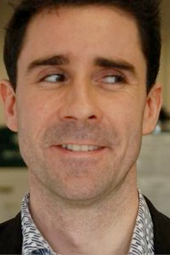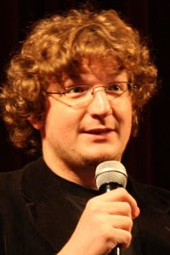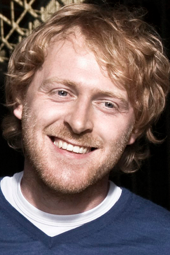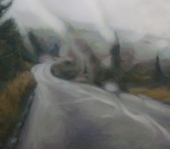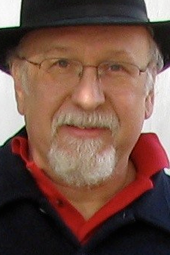Daniel Ebner (Austria) (video >>)
Daniel is one of the co-founders of the VIS - Vienna Independent Shorts festival, film journalist at the Austrian Press Agency, curator and co-producer of the short film reel 'Eleven Minutes'
Topic of his presentation: "Short, shorter, … independent …"
Austria and short films have a difficult relationship. On the one hand there's a long tradition of experimental work, which helped to establish the reputation of Austria as an innovative film country. On the other hand there was almost no platform for films with a running time under 30 minutes - until new festivals popped up during the last few years. A short history of a whole genre under the radar.


